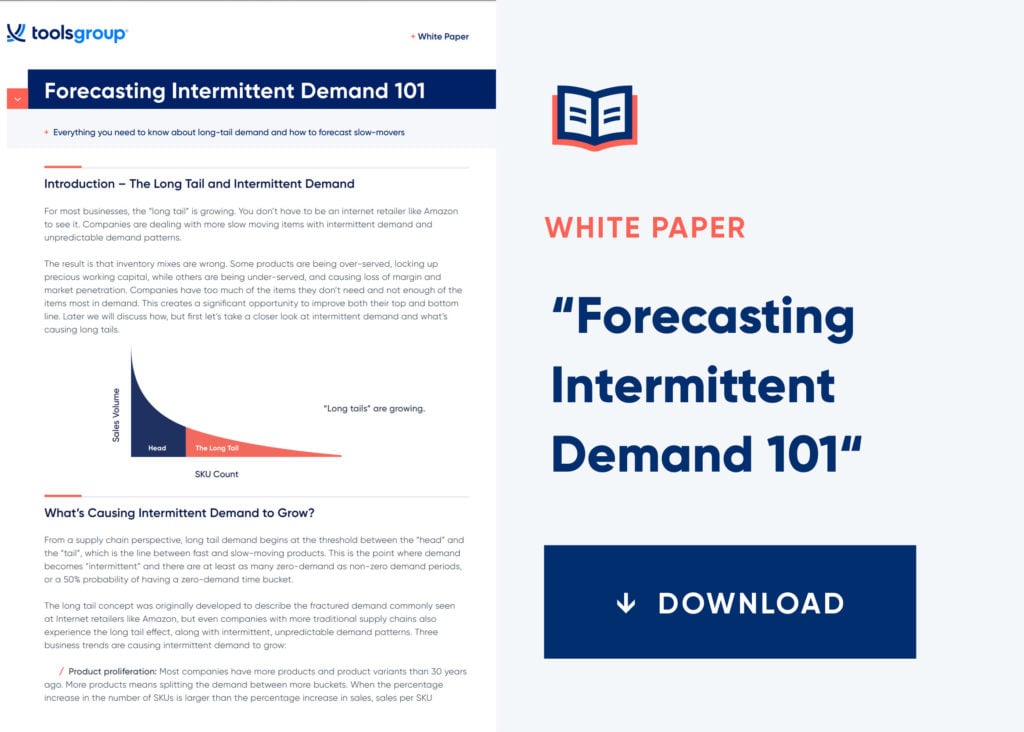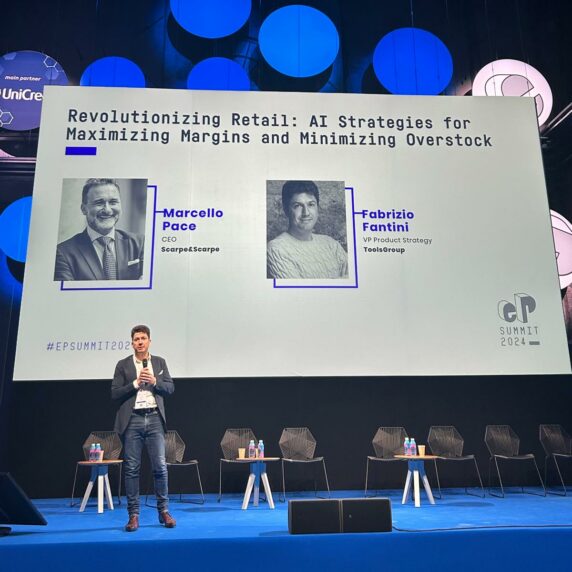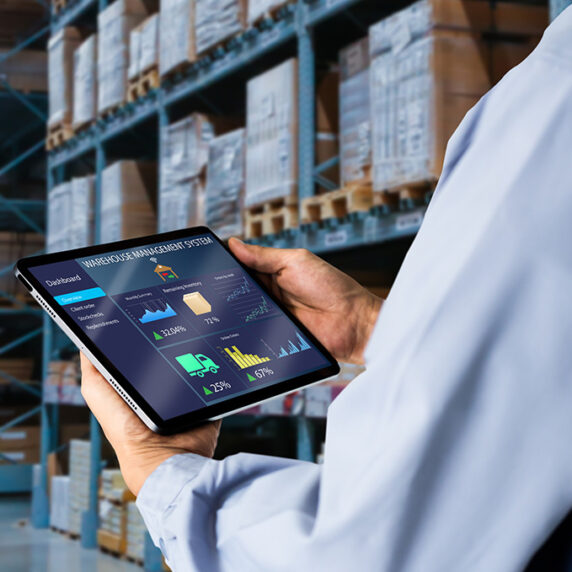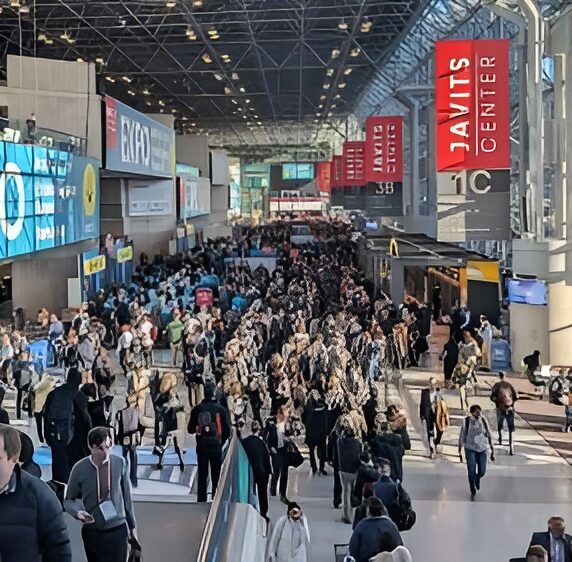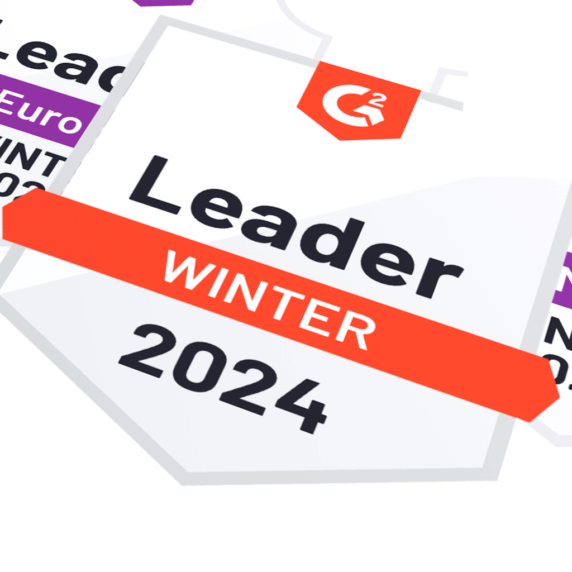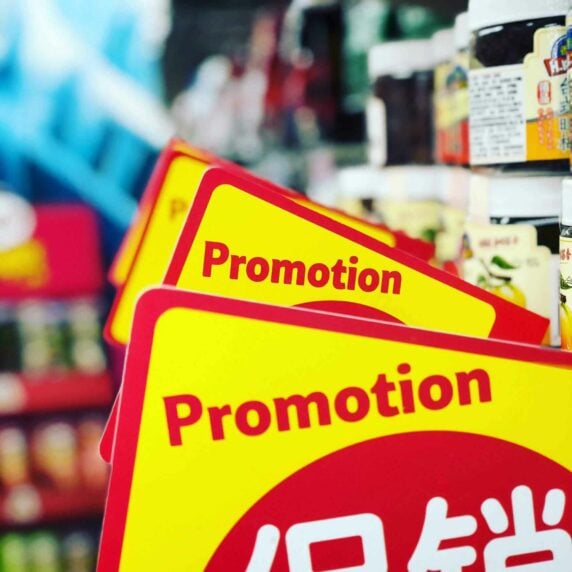Understand the Three-Part Lifecycle of Your Promotions to Maximize Profit
The anticipation, the demand curve and spending patterns during the promotion, and the post promotion periods all require unique logic with machine learning to keep customers happy and balance inventory. Here’s how to understand the lifecycle of your promotions for better results.
How do you handle promotions? Promotions are a way of business for most retailers. Customers spend more on promoted products which is good for your bottom line. But promotions are also problematic: if too much inventory is stocked in anticipation of demand, the product may sit on the shelf, require further markdowns, become obsolete, or even spoil and then be discarded or donated. If there is not enough product available for a promotion, customers are unhappy and might not come back for future business. Adding additional complexity is the daily demand for these products and the influence of an impending promotion on that demand if customers know about the promotion ahead of time.
Most companies look at promotions as a simple lift value. As an example, if a product has a 300% increase in sales during a historical promotion period, then it should in theory have the same lift in the future. This simplistic methodology fails to account for the life cycle of a promotion. Promotions have their own pattern that rises and falls through the promoted time and before and after the promotion. Understanding the three-part lifecycle of a promotion allows you to better meet customer demand with reduced risk of out-of-stocks or overstocks.
1. Anticipation Stage: If your customers know about a promotion ahead of time, they will reduce their consumption of the product in anticipation. It’s important to understand that promotional lift is not just during the promoted period, but also prior to it. The trick is figuring out how long customers will reduce their consumption prior to the promoted period so that you know how much you need to ramp up stock.
2. Promotion Period: The second part of the promotion is the actual promotion. Promotions don’t have a simple lift that can be applied to each day’s sales. Some items are in such demand that the first part of the promotion is heavy, demand is met, and then demand drops. Some items, such everyday staple items, tend to sell better at the end of a promotion. Other items, often luxury goods, only sell on weekends, regardless of the promotion and have very low demand deviation during the week. Applying a static lift value to each of these can cause shortages or overstock during the life of the promotion.
During the promotion, customers don’t just buy a flat percentage more product. You might have the same number of customers, but they buy more. You might have more customers, but they buy the normal amount of the product when it’s not on promotion. Understanding the customer behavior allows for better understanding of potential demand and a more optimal safety stock plan.
3. The “Hangover” or Post-Promotion: The last part of a promotion is the period following the promotion. Demand has often been met for the promoted item and customers do not need to buy more for a period of time.
You can see now how, when you peel the onion a bit on a simple promotion, there’s much more than meets the eye. All these phases of a promotion should be analyzed and unique daily lift/decline values computed. The anticipation, the demand curve and spending patterns during the promotion, and the post promotion periods all require unique logic to keep the customer happy and coming back for more—and minimize inventory imbalances.
This logic is too complex for most humans and not properly handled by legacy forecasting systems. That’s where machine learning in promotions planning software comes into play. The added benefit of machine learning is that AI can also see impacts of weather, social media and customer tastes as they change as part of the promotional lift calculations. Machine learning can leverage promotional history to project brand new promotions intelligently. More importantly, machine learning reduces the human emotion and optimizes the advanced math required for modern promotions.
With a new holiday season approaching, it’s time ask yourself: are you getting the most from your promotions?
